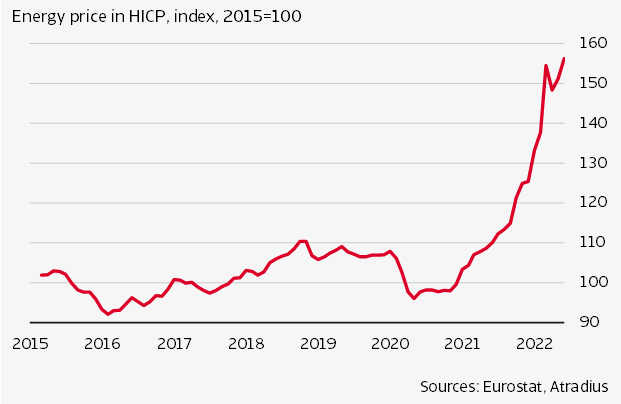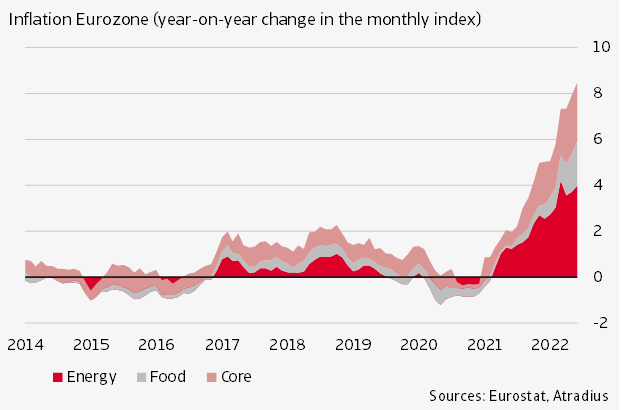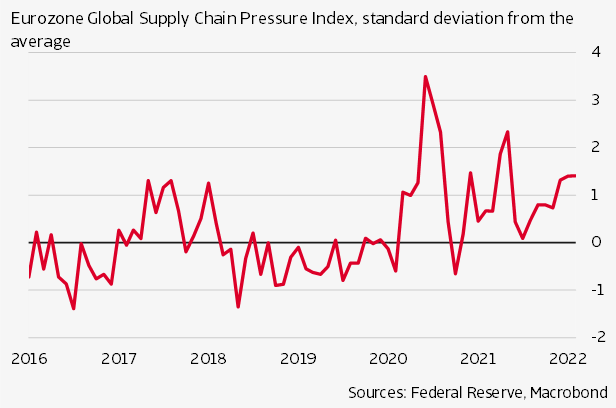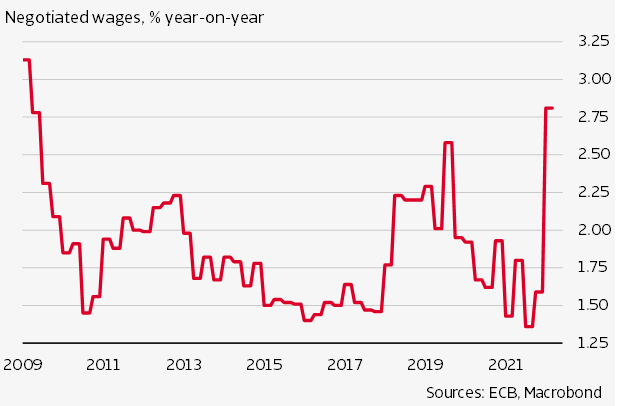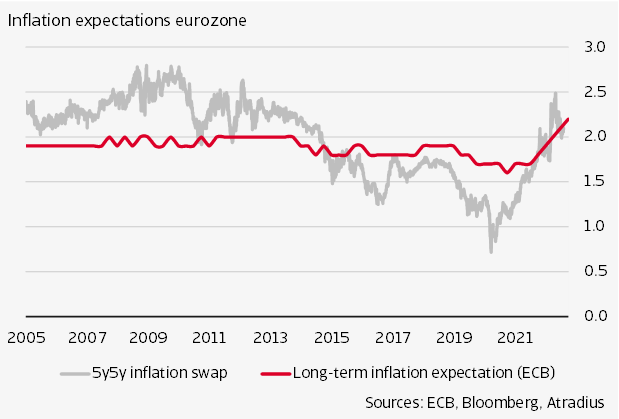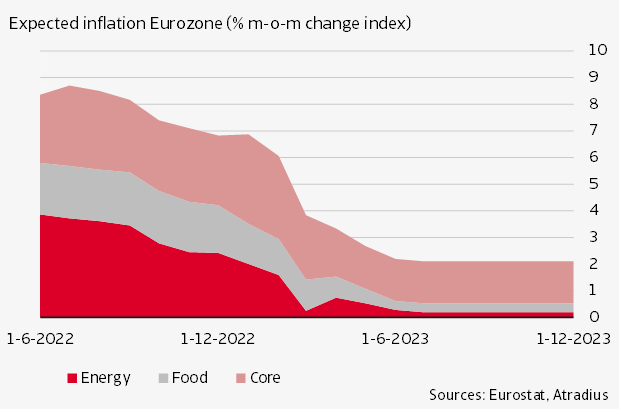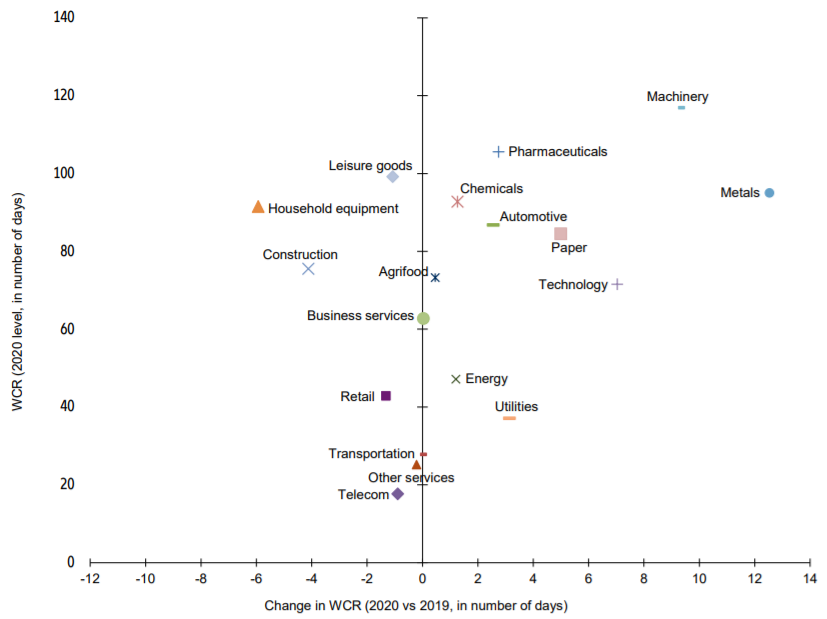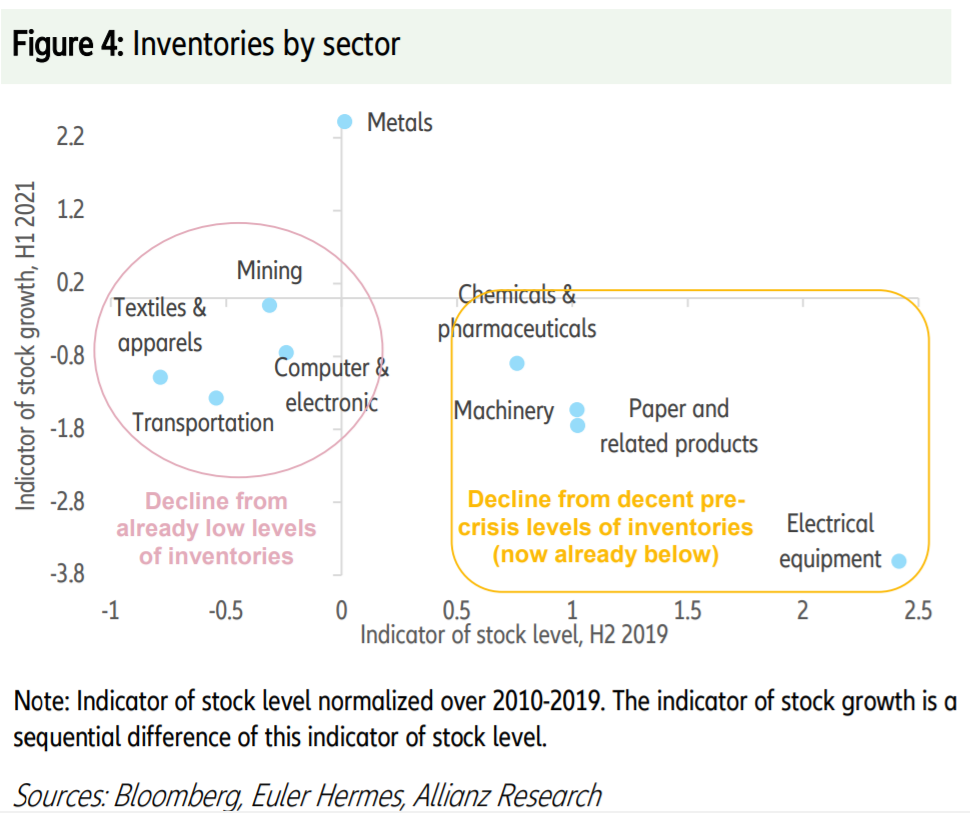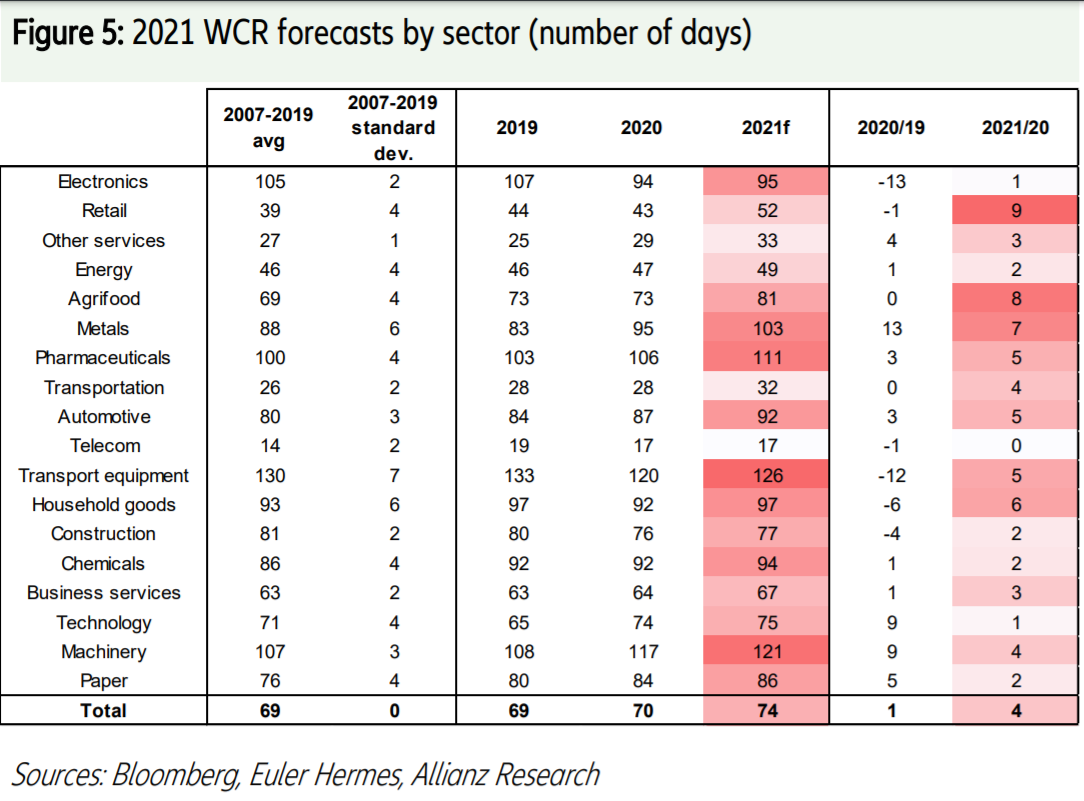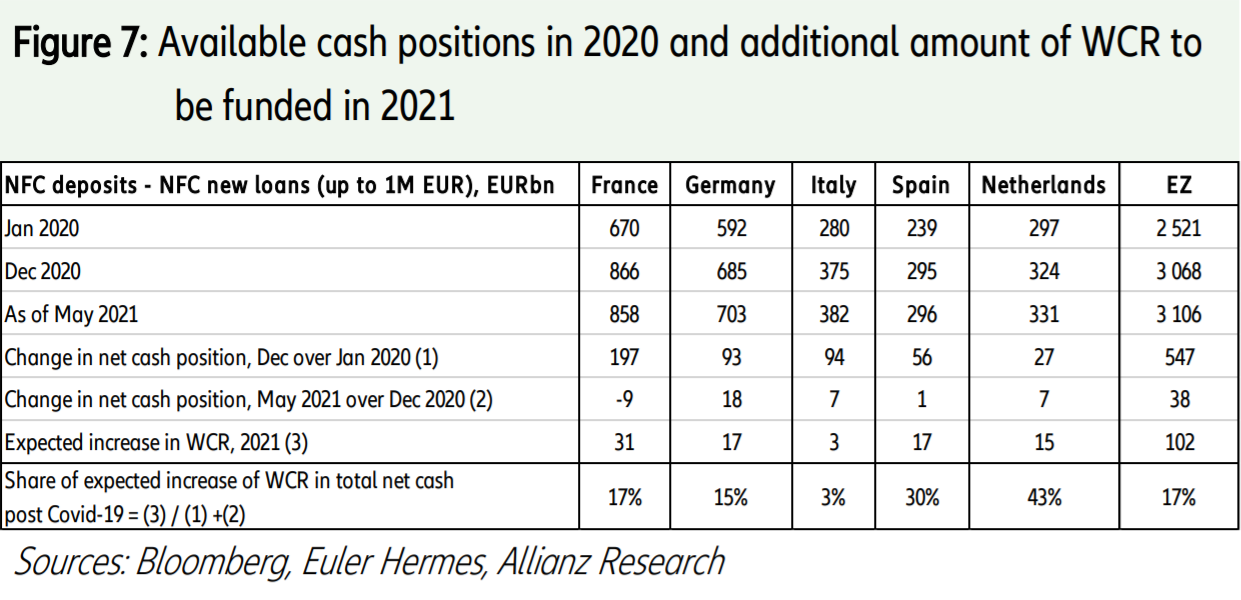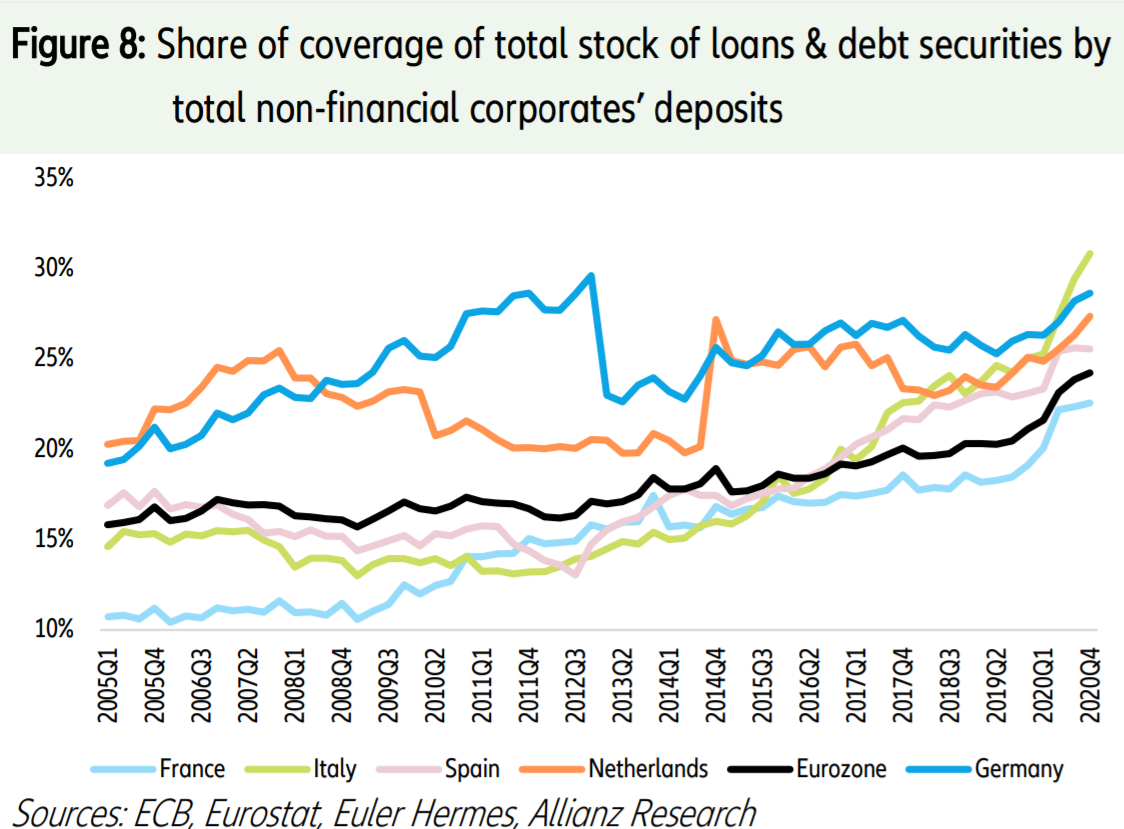How does trade credit insurance work? Trade credit insurance is a type of insurance that protects businesses from the...

The Sudden Bankruptcy Filing of Vital Pharmaceuticals Inc / Bang Energy
Could a Large Manufacturer be a Credit Risk?
Vital Pharmaceuticals is the third largest energy drink manufacturer in the U.S. and owns the Bang Energy brand. Now it is filing bankruptcy in the wake of multiple lost lawsuits, the latest of which awarded $293 million to Monster Energy for its false advertisement of its “Super Creatine” ingredient’s health benefits. This is one of the largest awards under the Lanham Act. Vital Pharma’s sudden fall into bankruptcy highlights the need for suppliers to consider credit insurance to protect against buyer non-payment and ultimately their balance sheet. Vital Pharma owed more than $500 million to unsecured creditors.
Vital Pharma Fast Facts and Timeline
- Vital Pharmaceuticals Inc, a private company, located in Pembroke Pines, FL manufactures and distributes sports supplements under the name VPX, Redline Power Rush, an energy supplement, and Bang Energy, an energy drink.
- Vital Pharmaceuticals introduced the Bang Energy drink product line in 2012.
- Bang Energy was marketed as a “performance-enhancing and sports nutrition beverage” due to its “super creatine” ingredient.
- According to Marketwatch the global energy drink market size was valued at $57 billion in 2021 and expected to reach $75 billion by 2027. Vital Pharmaceuticals / Bang Energy is the third largest energy drink manufacturer behind Red Bull Energy (38% of global market share) and Monster Energy (35% of global market share).
- Vital Pharmaceuticals recently lost two lawsuits and settled a third which forced them to file for bankruptcy protection.
Key Legal Dispute Dates
- 2018: Monster Energy Co filed a complaint in U.S. District Court for the Central District of California against Vital Pharmaceuticals, alleging false advertising.
- 2020: PepsiCo and Bang Energy enter into exclusive distribution agreement
- 2020: Bang Energy terminated the distribution agreement. PepsiCo sued for breach of contract. An arbitrator ruled in PepsiCo’s favor that they were still the exclusive distributor.
- June 2022 Bang Energy CEO Jack Owoc announced that all disputes with PepsiCo had been settled.
- July 2022: In a separate lawsuit Monster Energy and Orange Bang (a separate beverage company) were awarded $175M through arbitration award for trademark infringement
- Sept 2022: A jury sided with Monster Energy in its lawsuit against Bang Energy and awarded Monster $293M for false advertising regarding its “super creatine” content.
- Vital Pharmaceuticals filed for Chap 11 on Oct 10, 2022. The three largest unsecured creditors were:
-
- Monster Energy Company – $292,939,761
- Orange Bang, Inc. – $214,757,614
- PepsiCo – $115,000,000
Low Credit Risk Until Bankruptcy Filing
Vital Pharmaceuticals was a growing company in the expanding energy drink sector. There wasn’t any indication, even in late September, that they would file for bankruptcy protection in early October. Suppliers would have needed to be aware of the status of the lawsuits and the size of the potential jury awards while also reducing credit terms to avoid a loss. The Schedule F includes a number of large, sophisticated companies extending significant credit to Vital Pharmaceuticals. It remains to be determined how much, if any, they will recover through the re-organization process. One supplier, using credit insurance as part of a comprehensive credit risk mitigation strategy, was very thankful that they had a policy in place. The loss would have had a significant impact on the equity in their business.
Trade Credit Insurance
Trade credit insurance protects suppliers against non-payment due to insolvency and slow-pay. The Vital Pharmaceuticals bankruptcy filing highlights that even when a buyer appears to be a low credit risk, unseen external factors can substantially increase the buyer’s credit risk. This lack of visibility can expose suppliers to significant credit losses. Even beyond legal liability, other external factors can silently increase the risk of a buyer, such as loss of a significant customer/revenue, loss of financing, change of ownership, etc.
About Securitas
Since 2004, Securitas Global Risk Solutions has helped clients develop credit and political risk solutions. As independent trade credit and political risk specialists, we are focused on developing comprehensive solutions that meet the needs of our clients. Please feel free to call us with any questions, or if we can be of any assistance.
Recommended News
Top 5 Benefits of Trade Credit Insurance
Major Country Risk Developments, February
Posted with permission from greatamericaninsurancegroup.com Overview Federal Reserve has dialed back on the pace of...
Major Country Risk Developments January 2023
Posted with permission from greatamericaninsurancegroup.com Overview The global economy faces several uncertainties in...





